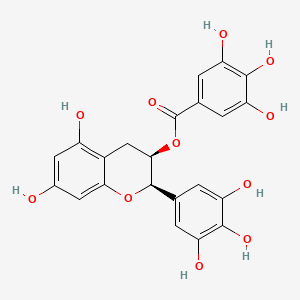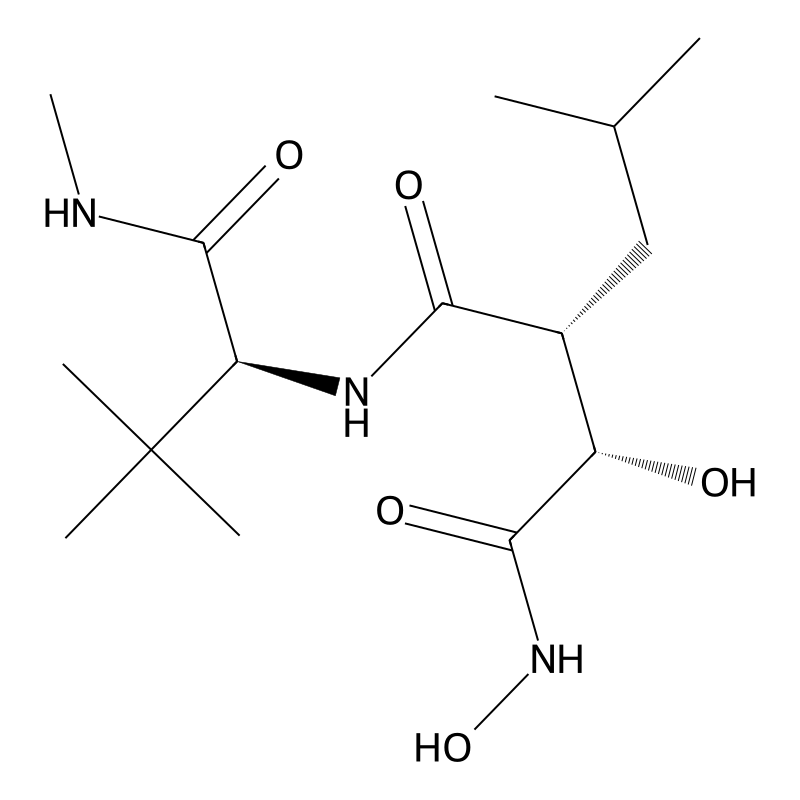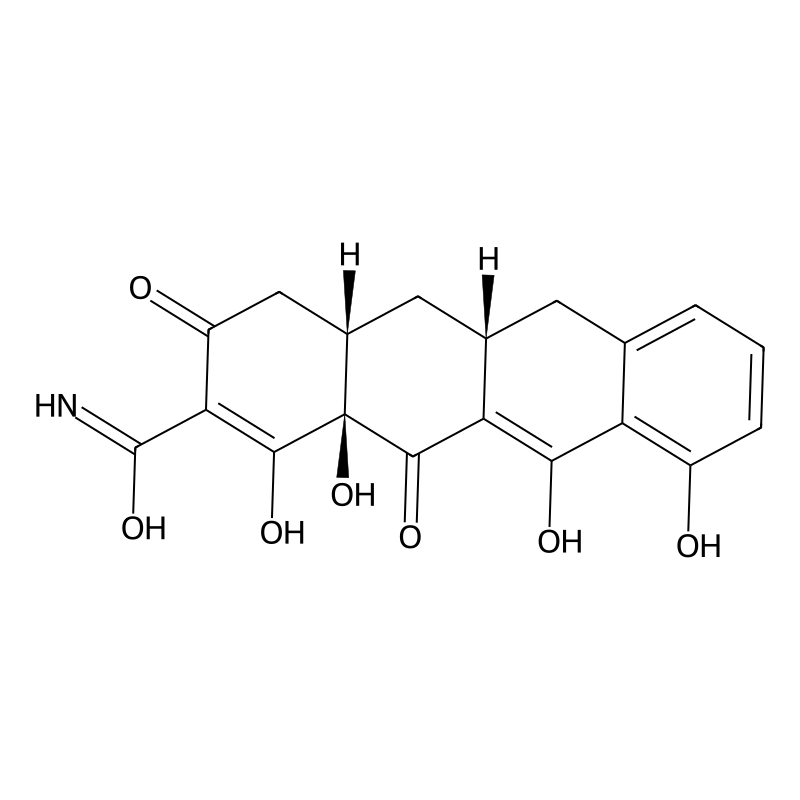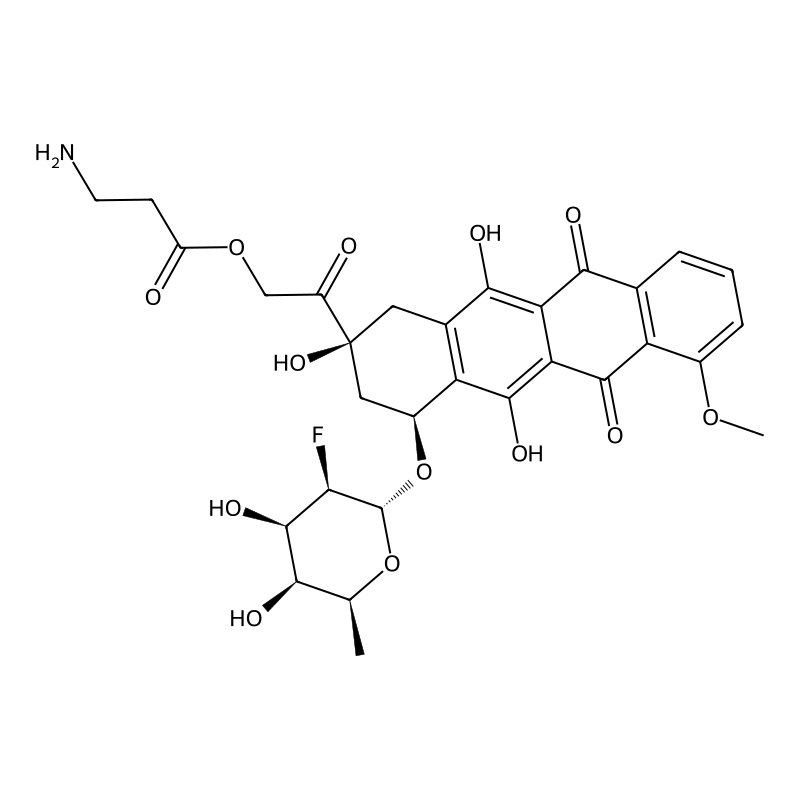AGE/RAGE Pathway
CAS No.:989-51-5
Molecular Formula:C22H18O11
Molecular Weight:458.4 g/mol
Availability:
In Stock
CAS No.:154039-60-8
Molecular Formula:C15H29N3O5
Molecular Weight:331.41 g/mol
Availability:
In Stock
CAS No.:15866-90-7
Molecular Formula:C19H17NO7
Molecular Weight:371.3 g/mol
Availability:
In Stock
CAS No.:192329-42-3
Molecular Formula:C18H21N3O5S2
Molecular Weight:423.5 g/mol
Availability:
In Stock
CAS No.:179545-77-8
Molecular Formula:C23H19ClO3S
Molecular Weight:410.9 g/mol
Availability:
In Stock
CAS No.:195612-80-7
Molecular Formula:C30H32FNO13
Molecular Weight:633.6 g/mol
Availability:
In Stock





